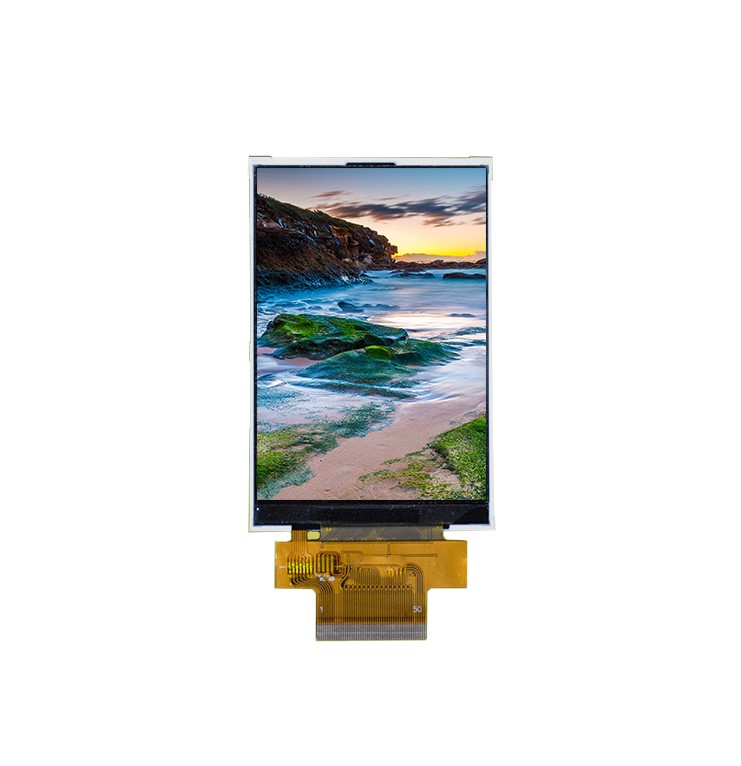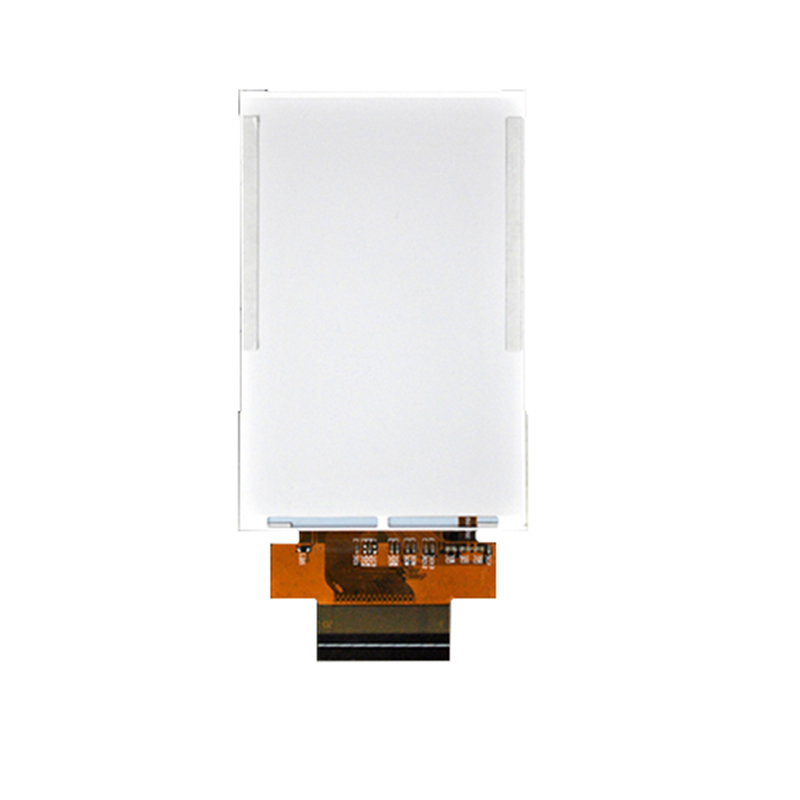LCD screen is a display device that we often come into contact with in our daily life. It is widely used in various electronic devices such as the Internet of Things, artificial intelligence, medical care, smart home, industrial control, and security in electronic products. This article will introduce the relevant knowledge of Lcd Display, including their working principles, characteristics, classification and applications, and provide some suggestions for selecting and purchasing LCD screens.
LCD, full name Liquid Crystal Display (LCD), is a technology that controls the arrangement of liquid crystal molecules by current to realize image display. Liquid crystal molecules are special organic compounds that have a state between solid and liquid. In a normal state, liquid crystal molecules are arranged in an orderly manner, and images cannot be displayed. When the current passes through the screen, the liquid crystal molecules will be twisted, thereby changing their arrangement, and then changing the light transmission, thereby producing visible images. This is how LCD screens work.


lcd crystal display have many features that make them one of the most widely used display technologies. First, it has lower power consumption. Because liquid crystal molecules change only when an electric current passes through them, lcd crystal display consume less power than other display technologies. Second, LCD screens have high brightness and contrast. Due to the properties of liquid crystal molecules, lcd crystal display can produce vivid colors and clear images. In addition, the Lcd Display has a large viewing angle, so that viewing images is not limited by the angle. Finally, the lcd crystal display has a faster response speed and can display high-speed dynamic images, which is suitable for watching movies and playing games.
According to different application requirements, LCD screens can be divided into many types. The most common type is the TFT-Lcd Display (Thin-Film Transistor Liquid Crystal Display). TFT-LCD screens control liquid crystal molecules through thin film transistors, which have higher pixel density and better image quality. In addition, there are TN-Ips Lcd (Twisted Nematic Liquid Crystal Display), IPS-Lcd Display (In-Plane Switching Liquid Crystal Display), VA-LCD screens (Vertical Alignment Liquid Crystal Display) and other different types of LCD screens. Each type has its specific characteristics and fields of application. According to different application scenarios, lcd crystal display can be divided into industrial LCD screens, automotive LCD screens, and consumer electronics Lcd Display. Selecting the correct type of LCD screen is critical to meeting individual needs.
When selecting and purchasing an Ips Lcd, there are several key factors to consider. The first is screen size. Lcd Display are available in a wide variety of sizes, and it is necessary to select the appropriate size according to actual usage scenarios and needs. For example, if you are buying a TV, you need to consider room size and viewing distance. Second is resolution. Resolution determines the image clarity of the screen. A high-resolution screen can display more details, but it also increases hardware requirements. The third is the refresh rate. The refresh rate determines the smoothness of the images displayed on the screen, and a higher refresh rate can provide clearer and smoother images. Finally there are the interface and connection options. According to the needs of the equipment used, it is necessary to ensure that the LCD screen has suitable interfaces and connection options to connect with other equipment.
In addition to these basic factors, there are some additional functions and features that can be considered. For example, some Ips Lcd have anti-glare technology to reduce reflections and glare in bright environments. There are also LCD screens with wide color gamut and HDR capabilities for more realistic and vivid images. In addition, the touch screen function is also a common demand, which can be conveniently operated by touch.
In general, choosing and purchasing an LCD screen requires comprehensive consideration of multiple factors. Different application scenarios and personal preferences may have different requirements. Understanding the principles, characteristics and classification of Ips Lcd can help us better choose products that suit our needs. Before purchasing, it is recommended to read product specifications and user reviews to ensure that you choose a stable and reliable LCD screen.
Welcome customers with needs to find us!
E-mail: info@rxtplcd.com
Mobile/Whatsapp/WeChat: +86 18927346997
Website: https://www.rxtplcd.com
Post time: Nov-06-2023



